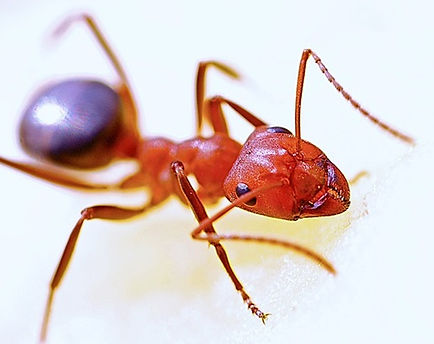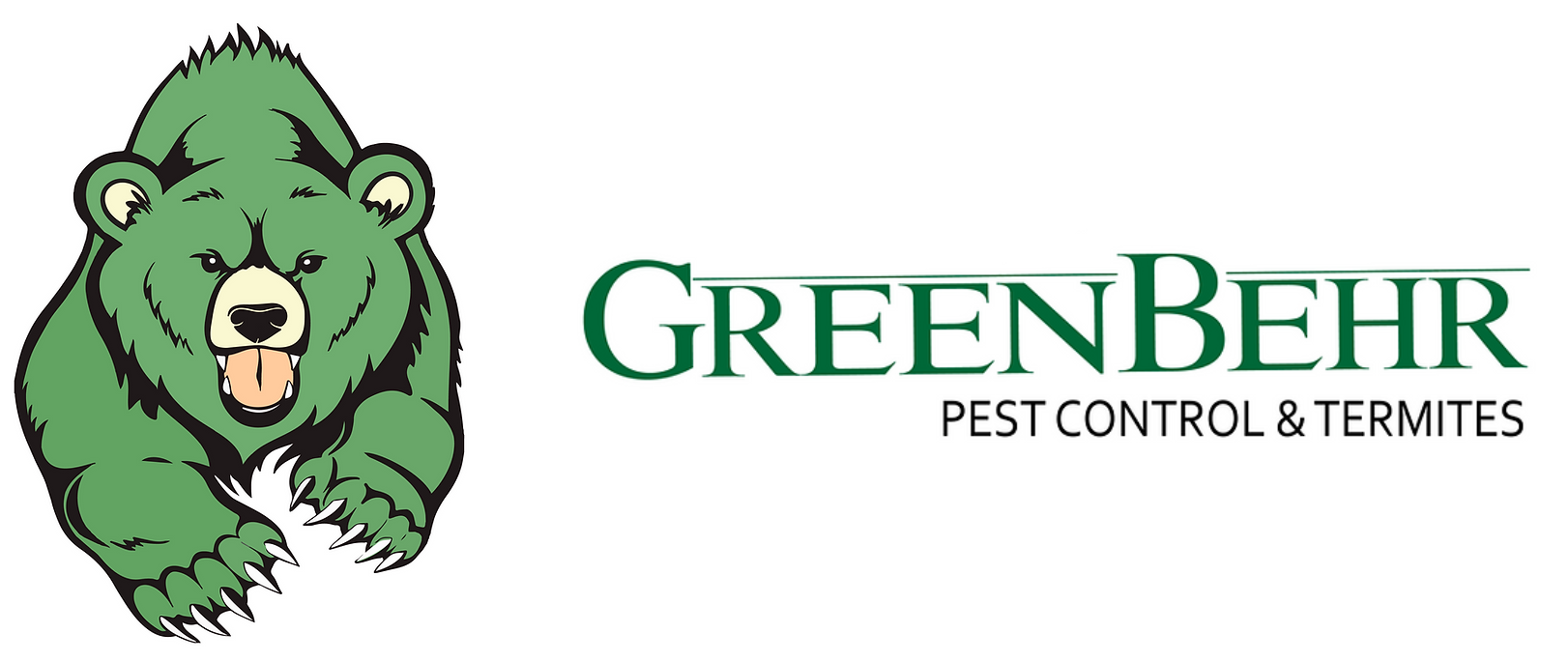
Behavior
The behavior of ants in homes can vary depending on the species and environmental conditions. However, some general patterns of ant behavior in homes include:
- Foraging: Ants are constantly searching for food, water, and shelter. They leave their nests in search of these resources and can be seen following scent trails in a highly organized manner.
- Trail Formation: When ants find a food source, they release pheromones that create a chemical trail leading back to their nest. This trail guides other ants to the food source, creating a steady stream of ant traffic.
- Communication: Ants use pheromones to communicate with each other. Pheromones convey information about food sources, danger, and the location of their nest.
- Nest Building: Ants may build nests in various locations inside homes, such as in wall voids, under floors, or in cracks and crevices. Different ant species prefer different nesting locations.
- Swarming Behavior: Certain ant species, like carpenter ants, may produce winged reproductive individuals that swarm during mating season. This swarming behavior often leads to the establishment of new colonies.
- Food Storage: Some ant species, like odorous house ants, have a habit of storing food within their nests. This behavior can attract more ants and become a nuisance for homeowners.
- Territoriality: Ants can be territorial and may defend their established trails and nesting sites against other ant colonies or insects.
- Seasonal Patterns: Ant behavior can change with the seasons. During colder months, ants may seek shelter and food indoors more actively.
- Pests and Nuisances: While most ants are harmless, some species can become pests in homes, especially when they infest kitchen areas and contaminate food.
It’s essential to take proper measures to manage ant infestations in homes. This may involve keeping a clean environment, sealing entry points, using ant baits strategically, and seeking professional pest control assistance if needed.
Infestation Warning Signs
Indications of an ant infestation in your home may include the following:
- Visible Ants: The most obvious sign is the presence of ants inside your home. You may notice them in the kitchen, around food sources, or in other areas of the house.
- Ant Trails: If you spot a trail of ants moving in a straight line or following a specific path, it’s a strong indication of their presence.
- Pheromone Trails: Ants leave behind pheromone trails that other ants follow to locate food sources. These trails can be visible to the naked eye as faint lines or smudges on surfaces.
- Ant Nests: Finding ant nests inside your home is a clear sign of an infestation. Nests can be located in wall voids, under floors, behind baseboards, in cracks, or other hidden areas.
- Ant Frass: Some ant species, like carpenter ants, create small piles of sawdust-like material called frass near their nest sites.
- Damaged Food Packaging: Ants are attracted to food sources and may chew through food packaging to access it. Finding damaged or open food packages can be an indication of ants.
- Pet Food Attraction: Ants are drawn to pet food as well. If you notice ants swarming around your pet’s food bowl, there might be an infestation.
- Increased Ant Activity: A sudden increase in ant activity, especially during certain times of the year, can suggest an infestation.
- Ant Bites: Some ant species, like fire ants, can bite humans or pets when they feel threatened. If you or your pets experience unexplained bites indoors, it could be due to an ant infestation.
- Wings or Swarmers: Winged ants, also known as swarmers, are reproductive ants that leave the nest to establish new colonies. Finding swarmers indoors indicates a mature colony nearby.
- Ant Baits: If you set out ant baits to attract and eliminate ants, and they are consistently being consumed, it may suggest a significant ant infestation.
If you observe any of these indications, it’s essential to address the ant infestation promptly. Taking early action can help prevent the problem from worsening and avoid potential damage to your property or contamination of food items. Consider seeking the help of a professional pest control service to properly identify the ant species and implement effective control measures.
Top Pest Control Tips
Here are three easy tips to help keep ants out of your home:
- Maintain Cleanliness: Ants are attracted to food and water sources, so keeping your home clean is essential in preventing ant infestations. Here are some specific steps to take:
- Wipe down countertops and clean up spills promptly.
- Sweep and mop floors regularly, especially in the kitchen and dining areas.
- Store food in airtight containers to prevent access by ants.
- Take out the trash regularly and keep trash cans clean.
- Rinse and clean pet food bowls after each meal.
- Seal Entry Points: Ants can enter your home through small cracks and openings. By sealing these entry points, you can create a barrier to keep ants out. Some tips to consider:
- Inspect the exterior of your home for gaps around doors, windows, and utility openings. Seal them with caulk or weatherstripping.
- Use door sweeps to close gaps at the bottom of exterior doors.
- Seal cracks in the foundation and gaps in walls.
- Install screens on windows and vents to prevent ants from getting inside.
- Use Natural Deterrents: There are several natural substances that ants dislike and can serve as deterrents to keep them away from your home:
- Lemon or vinegar: Wipe down surfaces with a mixture of water and lemon juice or vinegar to create an unpleasant scent for ants.
- Peppermint oil: Ants dislike the strong smell of peppermint oil. Soak cotton balls in peppermint oil and place them in areas where ants are likely to enter.
- Cinnamon: Sprinkle ground cinnamon along ant trails and entry points to discourage ants from crossing the barrier.
It’s important to note that these tips can help prevent minor ant problems, but if you’re dealing with a severe or persistent ant infestation, it’s best to seek professional pest control assistance. Professional exterminators have the expertise and tools to effectively manage ant infestations and prevent them from recurring.

